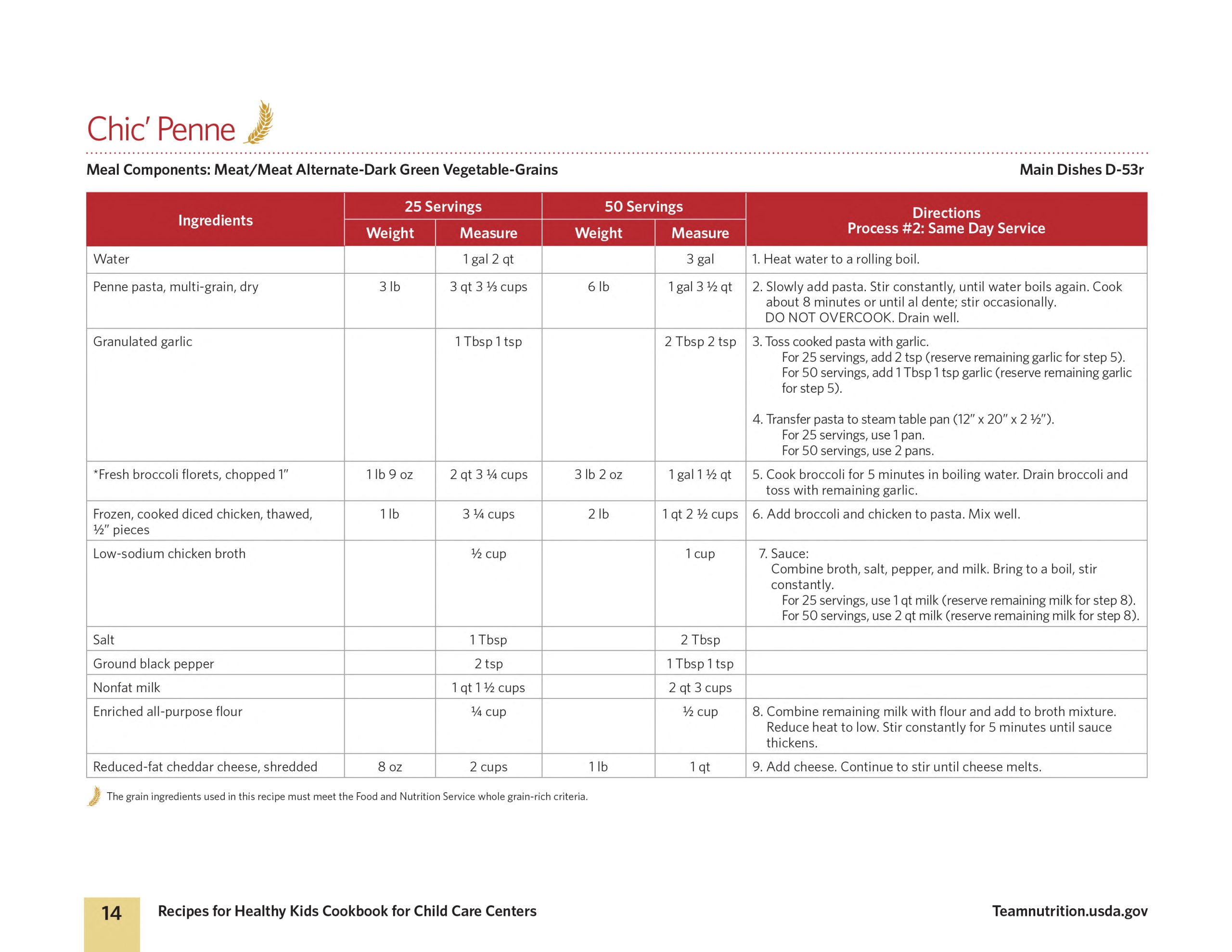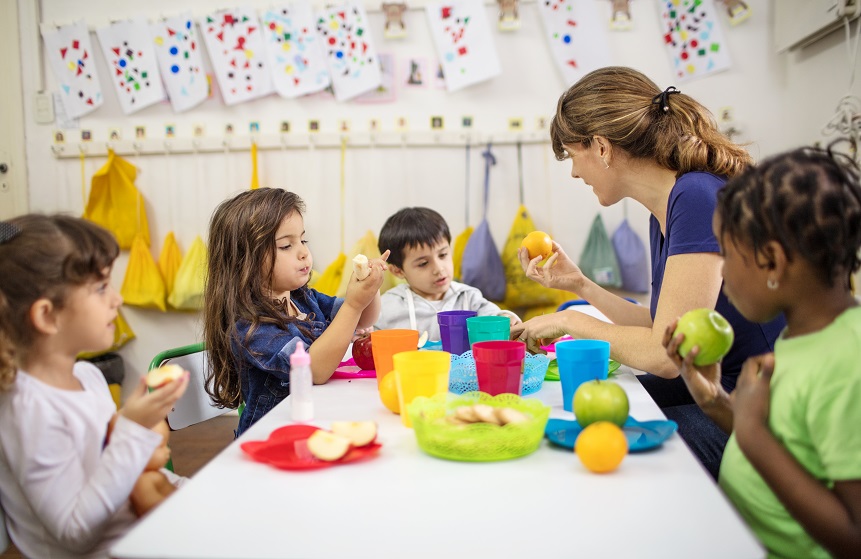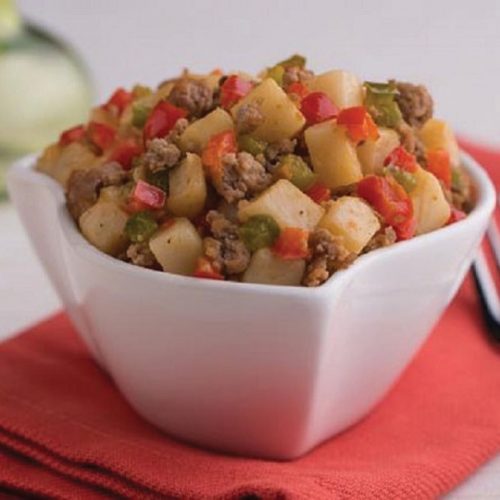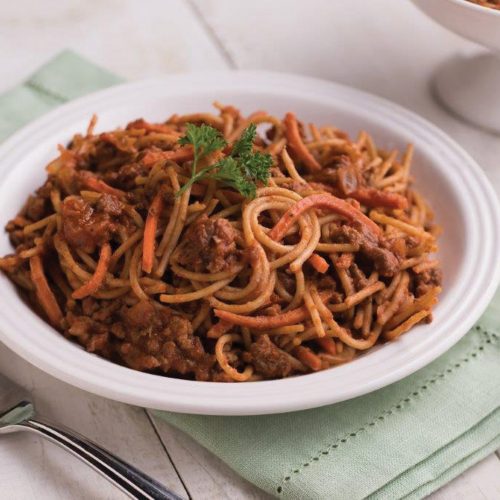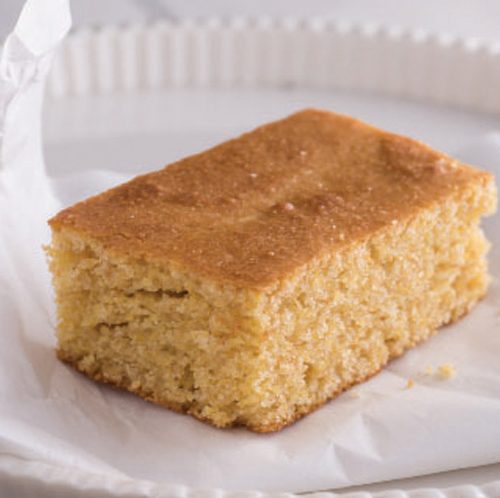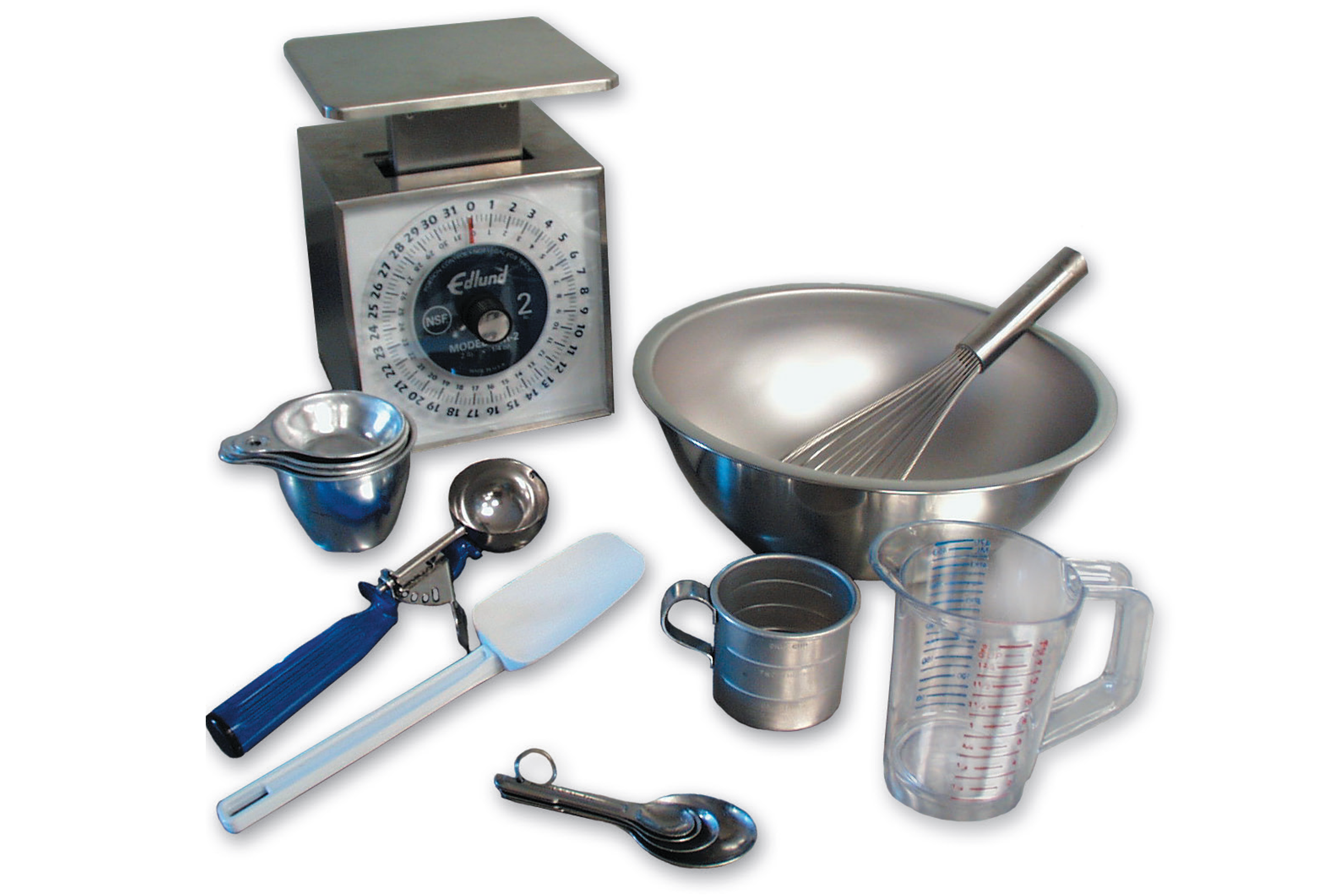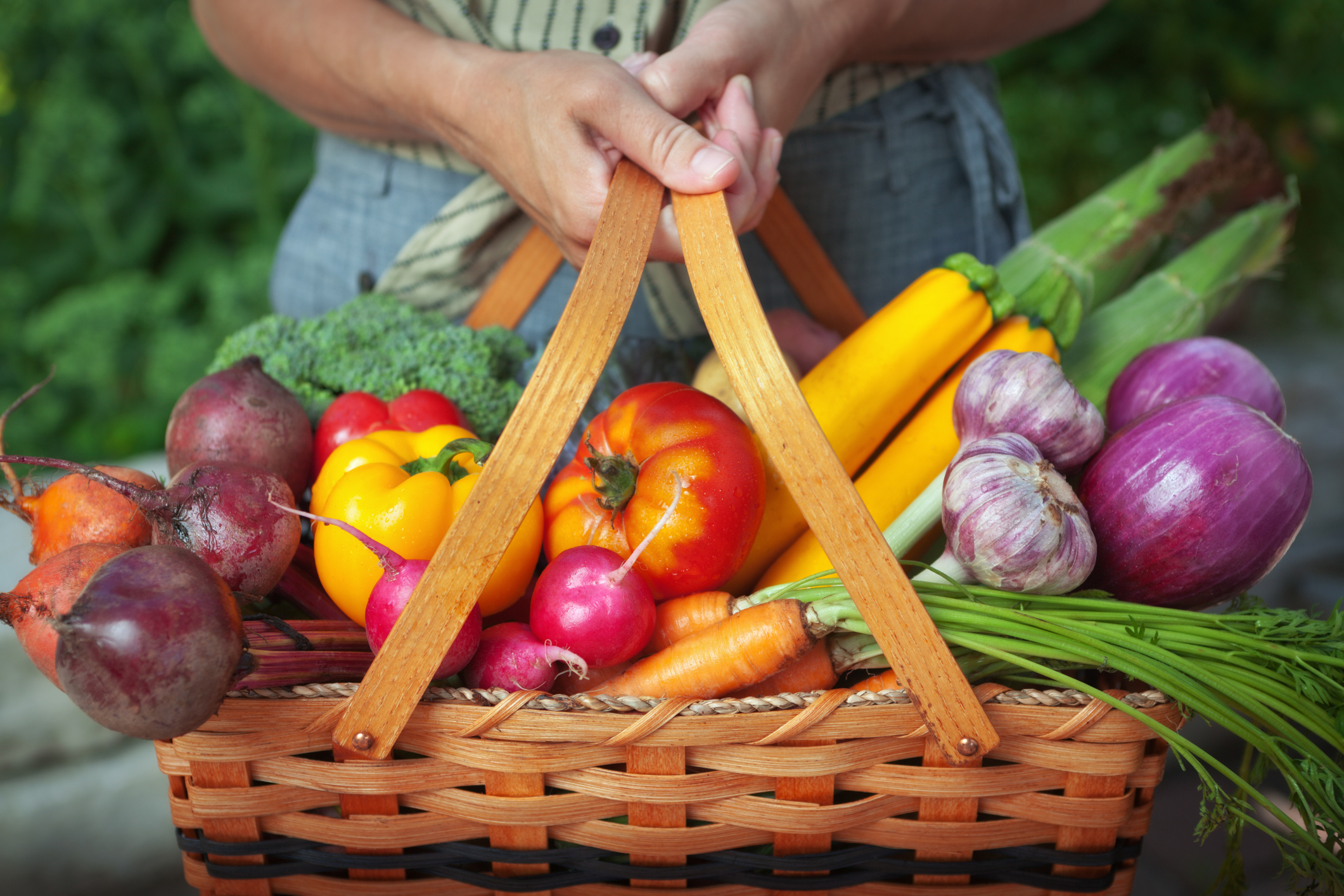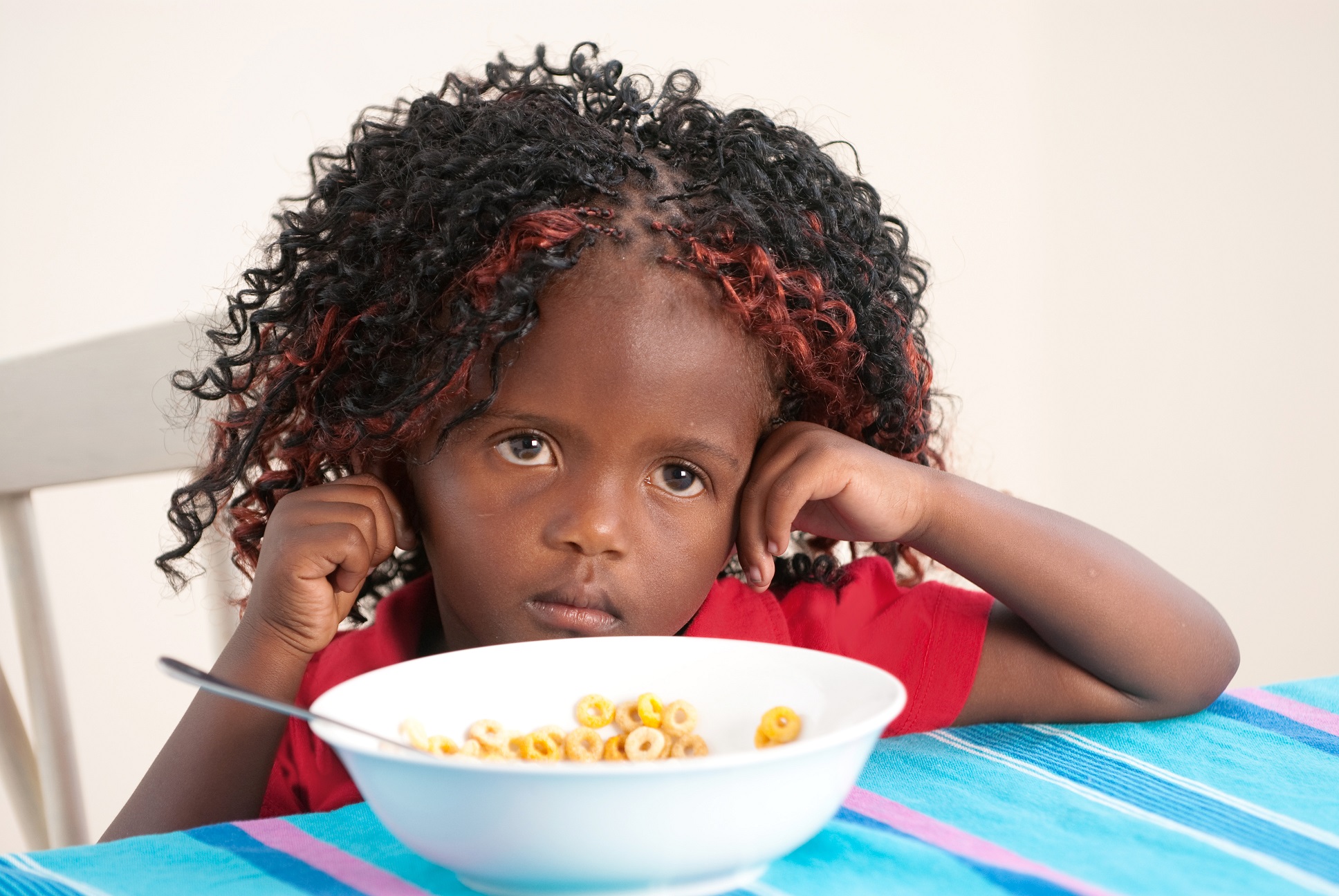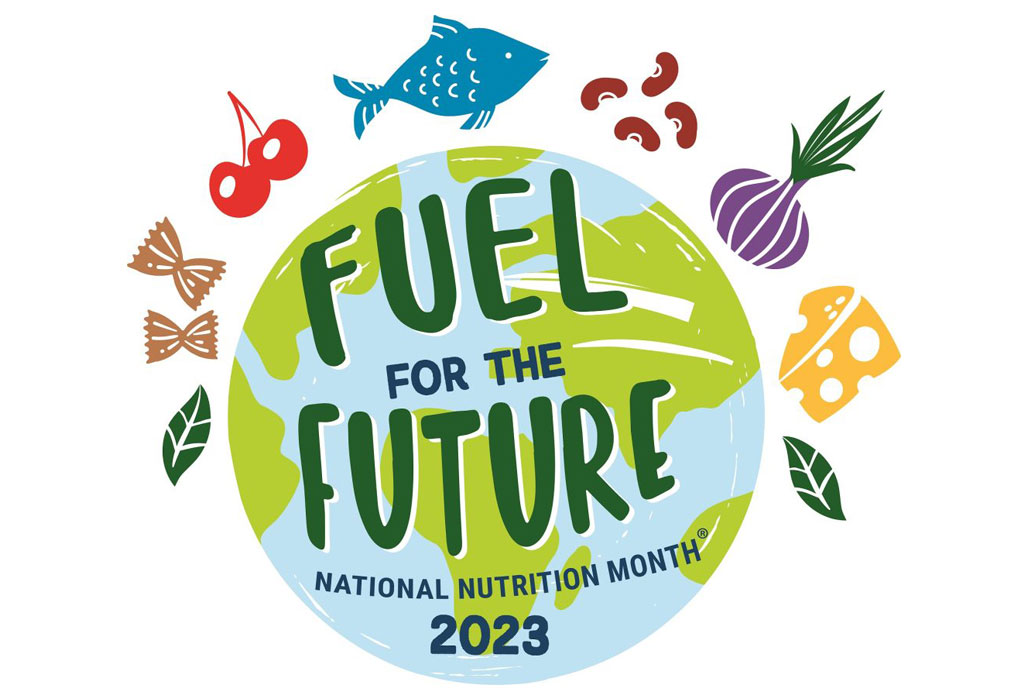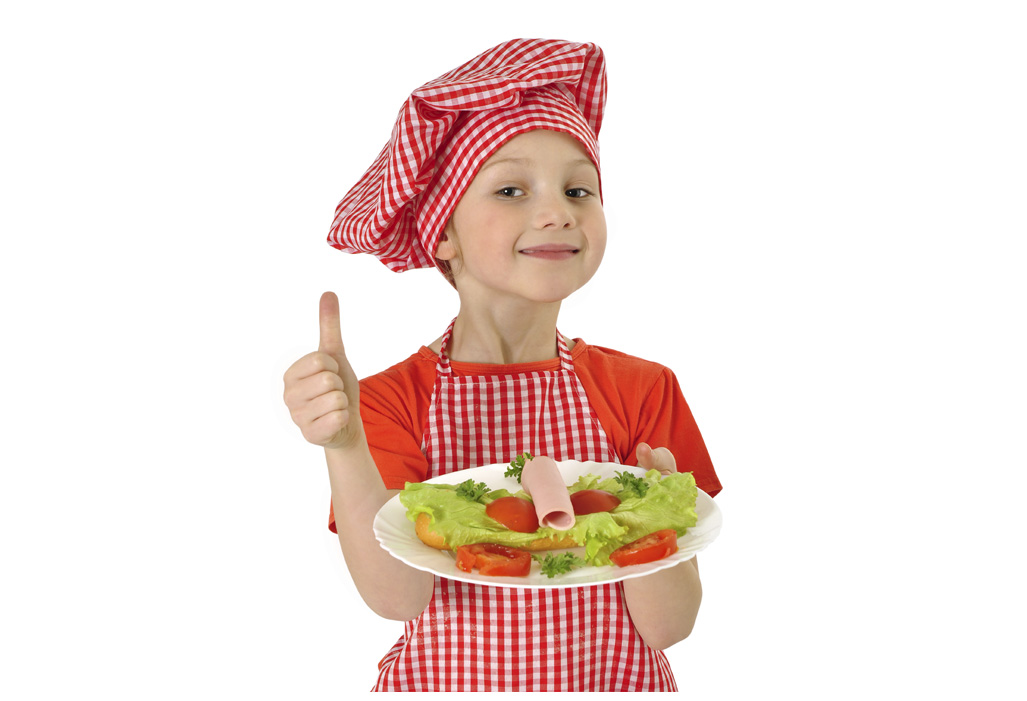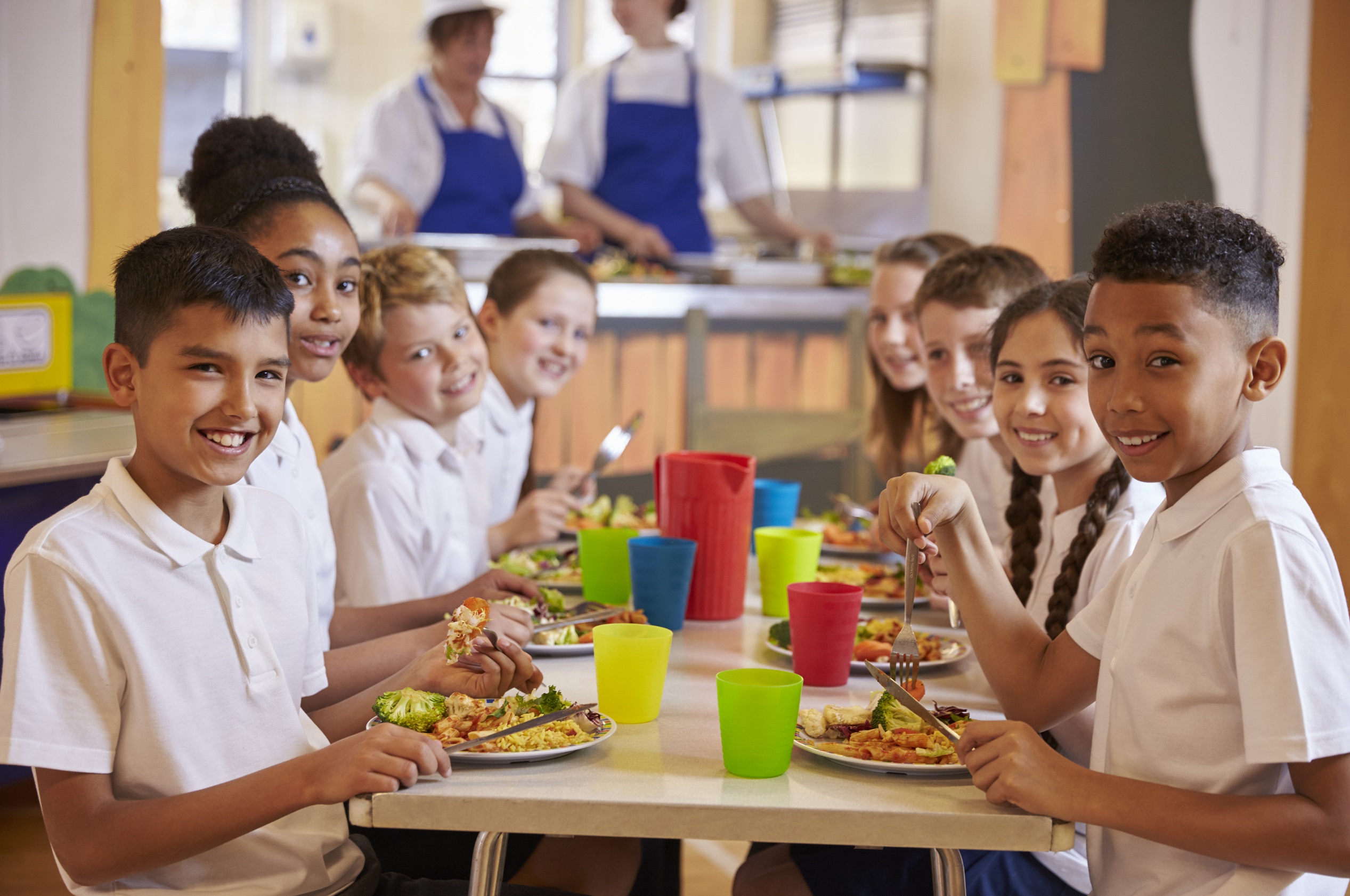
How often do you hear, “This looks different than last time!” or “This doesn’t taste the same as it usually does!”? Using standardized recipes can help to ensure your recipe turns out the same way each time you make it. It is a good practice to use a standardized recipe when a menu item has two or more components. This Mealtime Memo will focus on creating a standardized recipe for simple menu items with just a few ingredients.
What Is a Standardized Recipe?
A standardized recipe is one that has been tried, adapted, and retried for use in a foodservice operation and is shown to produce the same high-quality product and yield every time. A standardized recipe in the Child and Adult Care Food Program (CACFP) shows that the menu item meets the meal pattern requirements.
Standardized recipes are written documents with the following parts:
- Name of the recipe (which should match the way it is listed on the menu)
- List of all ingredients and the amount of each needed for the recipe
- Specific instructions on how to make the recipe
- Serving size and crediting information
Creating Standardized Recipes for Simple Combination Items
Use the following steps to create standardized recipes for simple combined foods such as spaghetti and meatballs, sandwiches, or salad.
- Write a recipe for one serving and make the recipe before scaling it up for more servings. The individual serving should contain the minimum quantity to credit as a meal component. Write the name of the recipe at the top, for example, “Whole Grain Pasta with Marinara Sauce and Meatballs” (as written on the menu).
- List all ingredients used. For example:
- Whole grain-rich penne pasta
- Marinara sauce
- Purchased meatballs with a Child Nutrition (CN) label
- Determine minimum amounts to serve. Consult the CACFP Meal Pattern chart for the amount needed for a serving of each component for the age group. For example, 3–5-year-olds need ¼ cup of cooked penne pasta, ¼ cup of marinara sauce, and 1½ oz of meat/meat alternate. Look at the CN label on the package for how many meatballs are a serving of M/MA.
- Refer to the February 2023 Mealtime Memo for information on how to use CN labels.
- Use the Food Buying Guide to determine the amount of dry pasta and marinara sauce needed for the recipe.
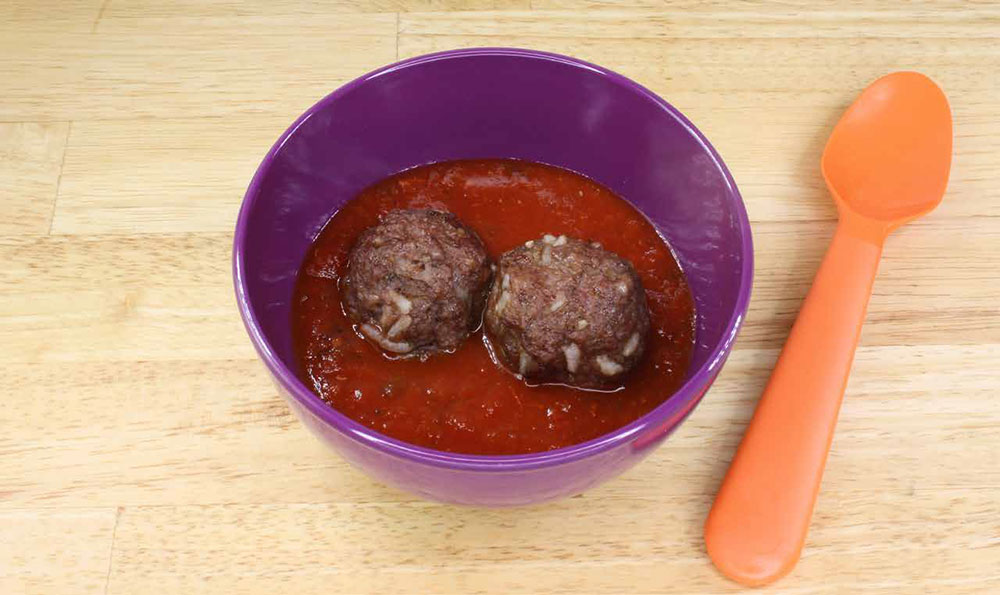
- Write the preparation instructions. Example:
- Combine pasta sauce and meatballs in a pot and cook until meatballs reach the internal temperature of 165 °F. Keep warm until ready to assemble.
- Prepare penne pasta according to package instructions and drain.
- Place ¼ cup of cooked pasta onto the plate. Add ¼ cup marinara sauce and 3 meatballs.
- It is good practice to provide instructions and appropriate serving utensils so supervising adults know the minimum amounts each participant should receive.
- Scale up the recipe. Once you have the recipe written for one serving and have made it according to the directions, you can scale it up to serve everyone eating at the table. For example, if you have four people, you would need 1 cup of pasta, 1 cup of sauce, and 12 meatballs. Remember: You can serve larger portions than the minimum requirement.
Recipe Templates
It is good practice to use a blank recipe template for standardized recipes. There is no required recipe template; however, here is an example.
| Recipe Name: Whole Grain Pasta with Marinara Sauce and Meatballs | |||
| Meal Component | Meat/Meat Alternate | Grain | Vegetable |
| Serving Size | 3 meatballs | ¼ cup cooked pasta | ¼ cup sauce |
| CACFP Meal Pattern Contribution | 1.5 oz M/MA | ½ oz eq grains | ¼ cup vegetable |
| Servings per Age Group | |||
| 1–2 Years | 2 meatballs | ¼ cup cooked pasta | ⅛ cup sauce |
| 3–5 Years | 3 meatballs | ¼ cup cooked pasta | ¼ cup sauce |
| Ingredients Servings: based on 3–5-year-old serving sizes | |||
| Ingredients | 1 serving | 4 servings | 12 servings |
| Cooked Pasta* | ¼ cup | 1 cup | 3 cups |
| Prepared Marinara Sauce* | ¼ cup | 1 cup | 3 cups |
| Meatballs (CN label) | 3 meatballs | 12 meatballs | 36 meatballs |
| *Use the Food Buying Guide to calculate the amounts to prepare. | |||
Preparation Instructions:
|
|||
Complex Recipes
You may have more complex recipes with several ingredients that also need to be standardized. Below are some ideas on how to serve these items.
- Try to find a recipe that has already been standardized. There are some great resources available, and you can probably find one similar to what you currently use. Try the Child Nutrition Recipe Box or the USDA CACFP Recipes for Child Care Homes and Adult Day Care. They both have standardized recipes for popular items.
- Find training on standardizing recipes and create your own.
- The Food Buying Guide Series on the iLearn Center: A three-module online learning opportunity that reviews the Food Buying Guide for CNPs, the Recipe Analysis Workbook (RAW), and Product Formulation Statements
- Team Nutrition Recipes: A variety of resources about recipes and standardization
- The USDA Recipe Standardization Guide for School Nutrition Programs:
A “how-to” guide on recipe standardization for school nutrition recipe developers designed to be a complete source of information on recipe standardization from conception to implementation of a recipe
Ask your State agency or sponsoring organization for help specific to your state.

Menu Ideas
The following menu ideas provide a variety of foods, colors, and textures that are appropriate for young children and have already been standardized. Some recipes contain multiple food components listed in parentheses after the recipe.
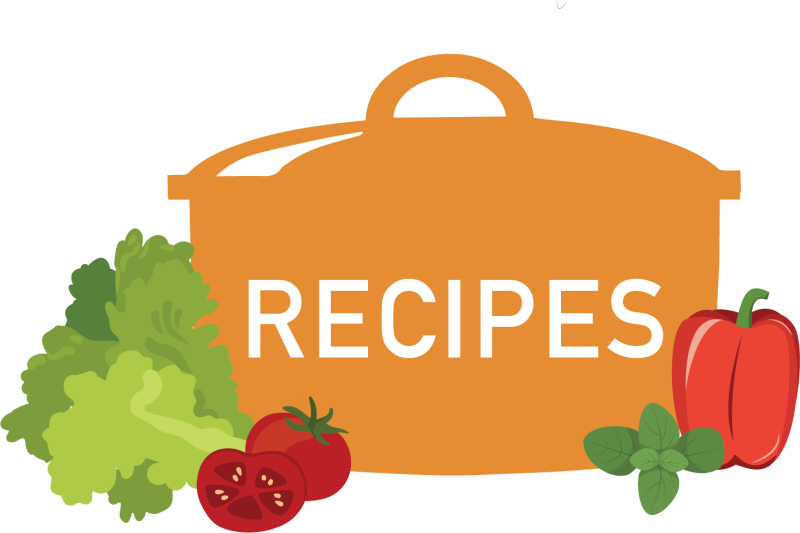
Recipes
- The Child Nutrition Recipe Box has USDA standardized recipes for child care centers and family child care homes.
- The Child Nutrition Recipe Box: New CACFP Lunch/Supper Recipes has standardized recipes per age group (3–5 and 6–18 year-olds) and for servings of 6, 25, and 50.
References
Institute of Child Nutrition. (n.d.). Child nutrition recipe box. https://theicn.org/cnrb/
Institute of Child Nutrition. (n.d.). Cornbread – USDA recipe for child care centers. Child Nutrition Recipe Box. https://theicn.org/cnrb/recipes-for-centers-grains-breads/cornbread-usda-recipe-for-cacfp/
Institute of Child Nutrition. (n.d.). New CACFP lunch/supper recipes. Child Nutrition Recipe Box. https://theicn.org/cnrb/2022-cacfp-recipes/
Institute of Child Nutrition. (n.d.). Roasted potato and turkey hash – USDA recipe for child care centers. Child Nutrition Recipe Box. https://theicn.org/cnrb/uncategorized/roasted-potatoes-and-turkey-hash-usda-recipe-for-cacfp/
Institute of Child Nutrition. (n.d.). Spaghetti and meat sauce – USDA recipe for child care centers. Child Nutrition Recipe Box. https://theicn.org/cnrb/recipes-for-centers-main-dishes/spaghetti-and-meat-sauce-ground-beef-and-ground-pork-usda-recipe-for-cacfp/
Institute of Child Nutrition. (n.d.). Food buying guide series. iLearn. https://theicn.docebosaas.com/learn/external-ecommerce;view=none?ctldoc-catalog-0=se-fbg
Institute of Child Nutrition. (2022, July 8). CACFP child meal pattern poster. https://theicn.org/resources/1482/cacfp-meal-pattern-posters-and-infographics/116958/cacfp-child-meal-pattern-poster-2.pdf
Maryland State Department of Education, Office of School & Community Nutrition Programs. (n.d.). Training & technical assistance. How to write a standardized recipe. https://www.marylandpublicschools.org/programs/SchoolandCommunityNutrition/Pages/TTA.aspx
U.S. Department of Agriculture. (n.d.). Team nutrition recipes. https://www.fns.usda.gov/tn/team-nutrition-recipes
U.S. Department of Agriculture. (2022, July 1). USDA recipe standardization guide for school nutrition programs. https://theicn.org/cicn/usda-recipe-standardization-guide-for-school-nutrition-programs/
U.S. Department of Agriculture, Food and Nutrition Service. (n.d.). CACFP recipes for child care homes and adult day care. https://www.fns.usda.gov/tn/standardized-recipes-cacfp
U.S. Department of Agriculture, Food and Nutrition Service. (2022, April 18). Crediting handbook for CACFP. https://www.fns.usda.gov/tn/crediting-handbook-child-and-adult-care-food-program
U.S. Department of Agriculture, Food and Nutrition Service. (2022, July 11). Food buying guide for child nutrition programs. https://www.fns.usda.gov/tn/food-buying-guide-for-child-nutrition-programs




